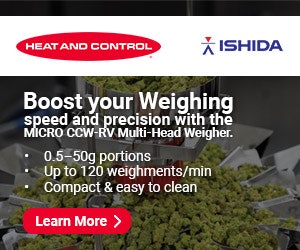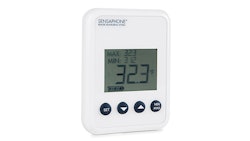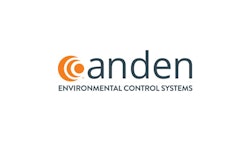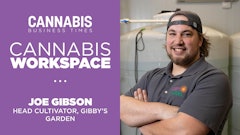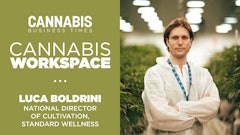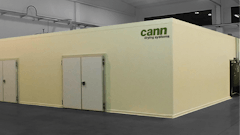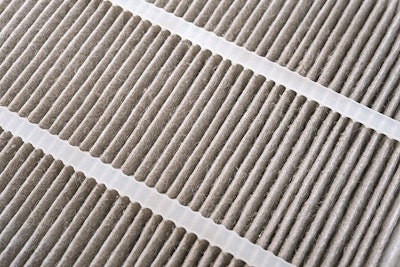
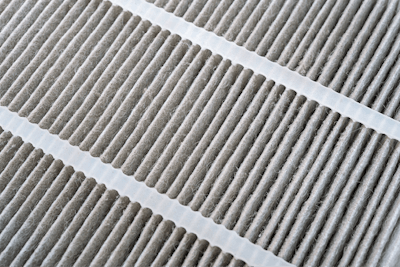
Air purification is critical to create an ideal environment for an indoor grow. Your facility’s air quality directly affects the environmental systems, integrated pest management and human comfort. With proper design and preventative maintenance, better crop quality can be ensured through reduced pest pressure and best care for environmental control systems. Here are eight tips for proper and efficient air purification.
1. Facilitate proper air movement throughout the growing environment to assist in maintaining optimal temperature and humidity. This is achieved through horizontal air flow and air exchanges. Microclimates within in the crop can create ideal environments for diseases and other pests, so to reduce pest pressure, create air flow that minimizes humidity and heat pockets. Air exchanges move air through the entire room and create an opportunity to purify air. At Pruf Cultivar, a vertically integrated company based in Portland, Ore., we complete 30 air exchanges per hour.
2. Create a multilayer system of filtration. Implement different technologies to reduce the presence of pathogens.
Prefilters: Use passive, lower-cost filters to trap larger particles, which will permit the finer and more expensive filters to work more efficiently and longer. A pleated filter creates a larger surface area, increasing filtration with higher air flow.
Carbon/Charcoal filters: These filters trap passing organic matter and reduce odor.
Excitation technology: This technology uses an electrical field to increase particle collision (excitation), which makes smaller particles stick together to create larger particles, enabling the HVAC filters to remove the resulting, larger particles permanently.
Ionization technology: These systems contain an electrical field and two electrically charged plates—one negatively charged, and one positively charged. As a particle passes through the electrical field, it is ionized and attracted to one of the two plates, removing it from the air stream.
Ultraviolet photocatalytic oxidation (UV-PCO): Using ultraviolet light to energize a catalyst, electrons are released and interact with water in the air stream, creating hydroxyl radicals, which destroy pathogens.
High Efficiency Particulate Air (HEPA) Filters: These remove 99.97 percent of particulates 0.3 microns in size. Spores are 3 to 40 microns in size.
Active airflow along with Integrated Pest Management (IPM) throughout the grow and surrounding areas can aid in your efforts to keep pathogens out of the air and maintain a clean facility from top to bottom. These tips can help.
3. Filter air throughout the whole facility to reduce pathogens and odors. This ensures people’s safety and comfort while reducing pest pressure.
4. Place foot baths/mats strategically throughout the grow to reduce tracking pathogens from outside to inside or from one grow environment to another.
5. Create a “uniform” and wear freshly laundered clothes into grow rooms every day.
6. Keep tools used in other gardens from entering the grow. Grow tools should be used, cleaned and stored at the grow.
7. Preventative maintenance should be completed successfully and in a timely fashion to ensure proper air filtration and that other environmental control systems work correctly.
8. All team members should participate in IPM and voice concerns and ideas for improvement.


